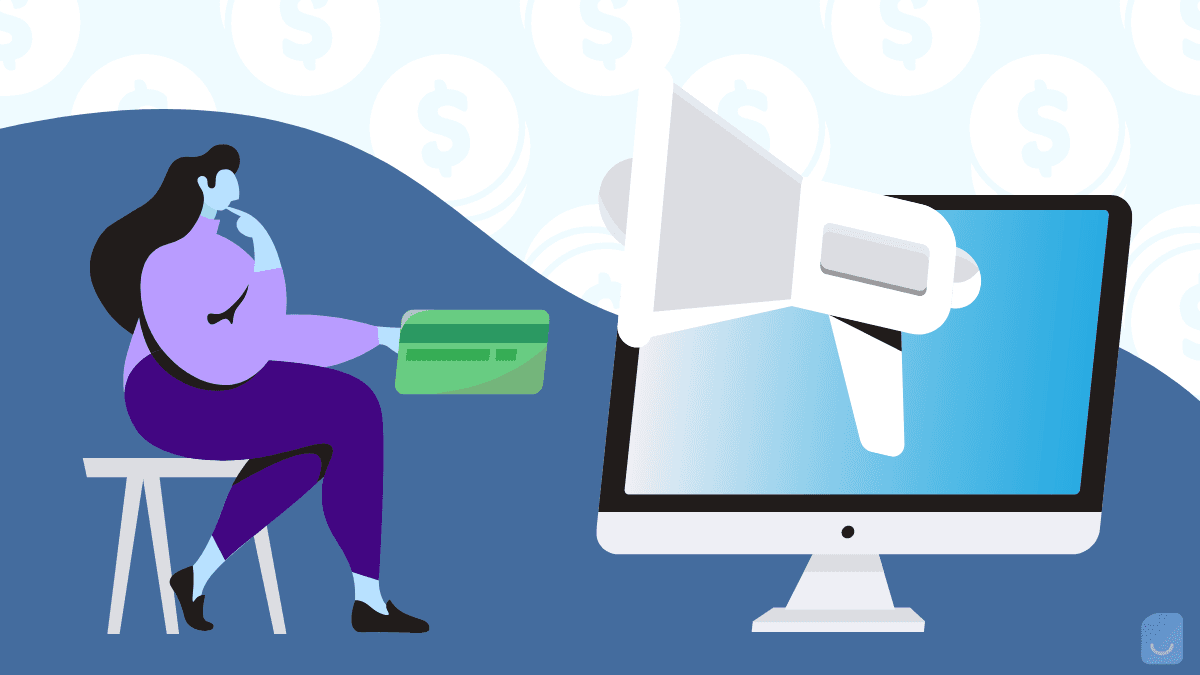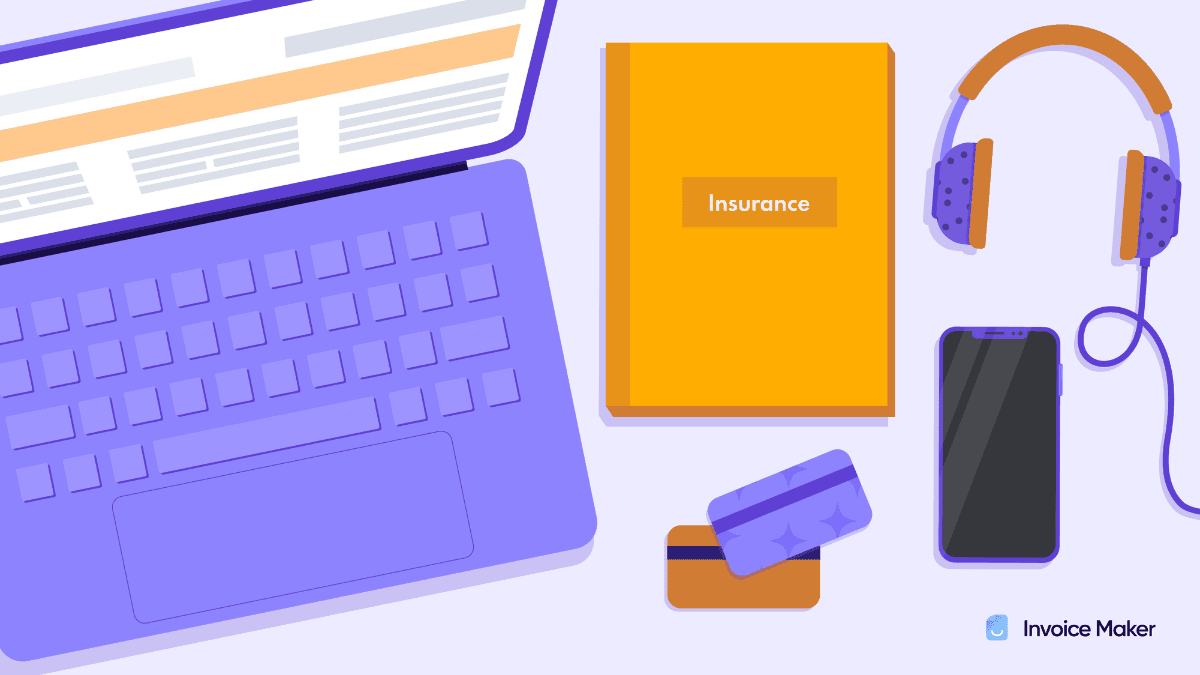How to Set Rates as a Freelance Media Buyer

If you’re considering going out on your own as a media buyer, one of the most critical business decisions you need to make is how to set your rates. If you’ve worked for a salary your entire career, you might not clearly understand your value-per-hour or the industry standards for freelance media buying.
Make a Free Invoice NowYou want to find the pricing sweet spot that pays you well for your time and brings in consistent business, so it’s worth doing some market research to learn more about how to set appropriate rates.
Media Buyer Rates by Type
Media buying rates work differently than rates for other freelance roles because it’s typical for media buyers to start working in-house for agencies. For this reason, most new solopreneurs aren’t exactly newbies — they’re just new to freelancing. There are three primary types of rates used by media buyers: hourly, project-based, and percentage of ad spend.
Average Hourly Rates
As a new freelancer, charging per hour is simple and transparent, allowing buyers to estimate their income reasonably. They’ll need to track their hours religiously, however, which can get tedious.
Hourly media buying rates start at $25 and reach as high as $150 for established professionals with robust portfolios (though it’s worth noting that most freelance media buyers transition to project-based payment structures by the time they reach this price point). A buyer with solid experience can confidently charge between $50 and $75 per hour.
Average Project-Based Rates
A great alternative is a project-based flat rate if hourly rates aren’t ideal. The buyer charges the client an agreed-upon amount to manage a specified scope of work. Flat-rate deals are essentially retainers and work well for managing and maintaining accounts with a consistent workflow.
For early-career freelancers, $3,000 per month is a reasonable monthly flat rate for managing a national or global brand’s ad spend. With more experience, that number can jump to $5,000-$8,000, though these numbers are highly variable depending on the brand’s ad spend. Clients with more minor needs and lower ad spending will have less budget for media buying. These can make great starter clients for new freelancers.
Percentage of Ad Spend
Buyers can also charge clients by what’s known as the “percentage of ad spend,” which is the way most agencies bill. In this pricing model, the buyer gets paid a percentage of the total media spend that they’re managing. A typical rate is 10%.
This model has some benefits for new freelancers — it automatically scales income and allows higher earnings from the beginning of a buyer’s career. It can, however, become limiting as a pricing model for more experienced freelancers because it leaves their income dependent on clients’ shifting financial priorities.
Rates by Experience
A media buyer’s income should scale according to their expertise. Their status as “beginner,” “intermediate,” or “expert” is more nuanced than just the number of years they’ve been in the business. It combines the years worked, the volume and quality of work, and the connections made in the industry.
Beginning Media Buyer
Building a client base is the number one priority for an early-career media buyer. Every new client means exposure to new networks, so it’s a worthwhile investment to take on smaller or lower-paying clients at the beginning of a career. A client may have a budget of just $30 an hour, but that work could net valuable experience and provide the proverbial “foot in the door.”
Intermediate Media Buyer
Once buyers have built their businesses and proven their ability to manage large and complex accounts, their compensation should reflect that. It’s fair to charge at least $75 an hour or transition to a per-project deal structure that keeps a buyer on monthly retainers or pays a percentage of ad spend.
Experienced Media Buyer
Top-performing freelance media buyers can command significant rates. By this career stage, most media buyers charge a flat rate or a percentage of spend — and, at the top end, those flat rates can get up to $40,000 or $50,000 per month for a global client. Of course, not every experienced media buyer earns this much, but the potential does exist.
Factors That May Affect a Rate
Because media buyers deal with traditional channels (television, print, radio, and out-of-home) and digital channels (social media, paid searches, and display ads), most develop skills and connections in a particular industry niche. For example, there are plenty of social media-only media buyers, with some specializing in a specific platform. These specializations allow buyers to upcharge for their particular expertise.
Another factor affecting a rate is whether a buyer’s portfolio is in direct media buying or is fully programmatic (automated) buying. If deal structures are based on a percentage of ad spend, buyers earn more on direct buying because it is typically more expensive.
As with any remote creative space, the client’s geographic market will also affect rates. So will the buyer’s willingness and ability to work on tight turnarounds.
Tips for Setting a Rate
There is a lot of money out there for marketing, and the media buyer is an essential element of every ad campaign. As such, buyers want to ensure they value themselves properly without leaving money on the table.
To determine how to cover overhead as a freelancer, start with the amount needed to earn in a year and divide by 52 to get the amount required each week. Divide that by 40 to arrive at the minimum hourly rate necessary. Remember, this is a minimum. The potential ability to not work 40 hours a week, 52 weeks a year is one of the appealing aspects of freelancing.
How to Know If a Rate is Too Low
One way to assess pricing is to take an hourly rate and do the math to determine whether it’s more or less than a previous agency salary. If less, increase the rate to at least match the previous wage.
Having many clients and not enough time to work is another red flag that pricing needs to increase. As with anything in the free market, media buying services are commodities subject to supply and demand.
How to Know If a Rate is Too High
If a buyer has positive interactions with potential clients (or positive business with new clients) who then hire elsewhere, it can signify that they priced themselves out of their current experience market. Directly asking clients if pricing was an issue can be helpful.
Negotiating with Clients
Media buyers have many skills needed to talk a client into paying more for their services. Their eye for value, ability to see angles, and negotiation skills are just as much of a commodity as the ad space itself. A client can’t launch or maintain a campaign without a buyer’s services, so rates should reflect that essentiality.
When to Increase a Rate
For long-term clients, raising rates slightly every year is reasonable and should be expected. It’s a good idea to state increases in original contracts for transparency. It’s also essential to increase the rate when the scope of a job changes or expands.
For example, if a client pays a flat rate to manage Facebook ads, but later on, the client wants to incorporate Instagram as well, the flat rate should increase to reflect the added services.
Increasing a global rate for new clients every few years reflects growing experience, network, and expertise.
Earning a Living as a Freelance Media Buyer
Most media buyers agree that freelancers have significant earning capacity. Unlike in-house roles, freelance buyers have access to multiple income streams, and the ability to name a price as a solopreneur is unparalleled. If you’re ready to make the jump to freelance, there’s a deep well of work out there waiting for you.


